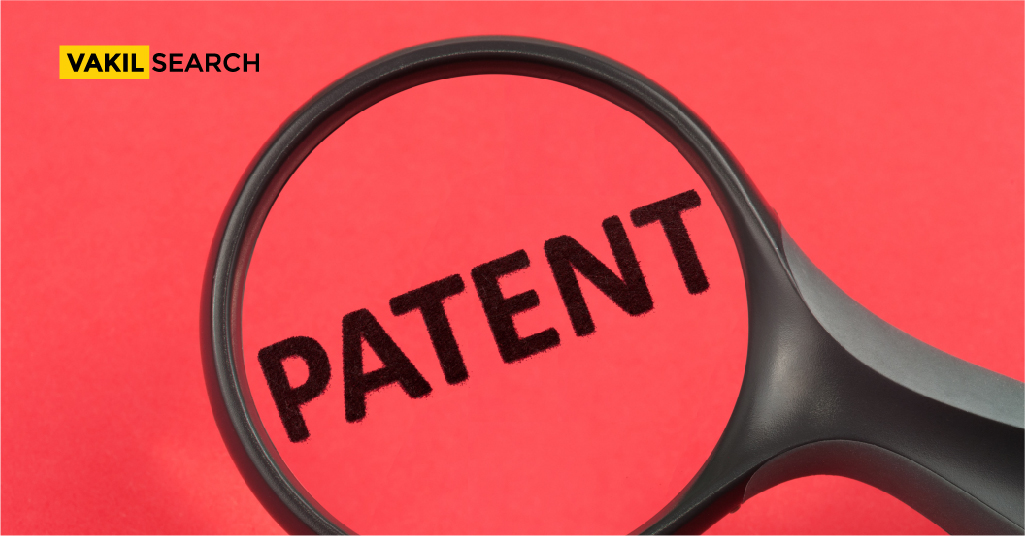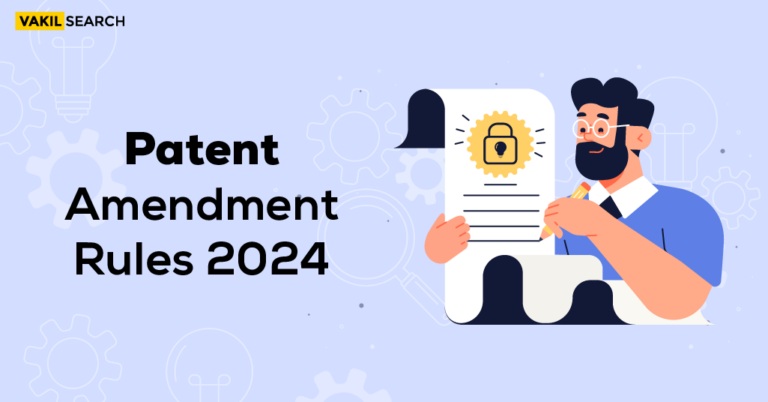Learn about the risks and benefits of patent searching before you make your next move.
Introduction
Patents are a crucial aspect of intellectual property, offering protection for inventions and granting inventors a competitive advantage over rivals without patent rights. While having a brilliant idea for a new product or process is promising, it doesn’t automatically qualify for patent protection. This is because stringent criteria, which vary based on the type of innovation, must be met to register a patent in most countries.
In essence, patenting offers substantial benefits as it prevents others from utilizing your ideas without permission. However, there are associated risks, especially if you intend to commercialize your creation.
When you file for a patent and receive approval, you gain exclusive rights to produce and sell that specific invention for a defined period, typically ranging from five to 20 years.
This exclusivity implies that no one can replicate or reproduce your design without facing legal consequences until the expiration of the patent term. Conversely, choosing not to register your patent exposes your ideas to use by others who can derive benefits from them, even if they don’t directly obtain them from you.
What is a Patent?
A patent is an exclusive privilege granted for an invention, whether it’s a product or a process, offering a novel approach or a new technical resolution to a problem. This could involve a new machine, substance, method, or process. To secure a patent, technical details about the invention must be disclosed in a publicly available patent document.
The rights associated with a patent are time-limited, typically lasting for around 20 years from the date of filing the patent application. Once the patent expires, the invention becomes part of the public domain and can be utilized by anyone.
National governments grant patents, endowing inventors with the authority to prevent others from making, using, or selling their inventions during the patent’s term.
In exchange for exclusive rights, inventors are obligated to disclose sufficient information about the invention, allowing others to replicate and utilize it after the patent’s expiration.
Benefits of Having a Patent
A patent is a form of intellectual property that gives its owner the legal right to exclude others from making, using, or selling an invention for a limited period. Patents are a vital part of the innovation ecosystem and they encourage inventors to disclose their inventions publicly and also reap the rewards of their hard work and creativity.
Here are some benefits of having a patent:
- A patent can protect your invention from being copied or imitated by others
- A patent can give you the exclusive right to make, use, and sell your invention
- A patent allows you to license your invention to others and generate income from it
- A patent can give you a competitive edge over your rivals who do not have patents for their products or services
- A patent can help you raise investment capital for your business by demonstrating the potential value of your invention
- A patent can increase the value of your company if you decide to sell it
- A patent can be used as a bargaining chip in negotiations with potential partners or investors
- A patent can give you peace of mind against counterfeits
The Risks Associated with Patenting an Invention
When you decide to patent an invention, you expose yourself to several risks. Here are some of the risks associated with patenting an innovation:
- Risk of Non-Approval: There’s always the possibility that your patent application might not be approved. Factors contributing to non-approval include overly broad or unclear claims and insufficient novelty or uniqueness in the invention.
- Enforceability Uncertainty: Even if your patent is granted, there’s no guarantee it will be enforceable. Legal challenges may arise, leading to findings of invalidity or unenforceability based on reasons like prior art or obviousness.
- Validity Challenges: After a patent is granted, its validity might be challenged. This challenge could be based on the belief that the invention was not genuinely new or that the patent application did not sufficiently describe the invention.
- Liability for Damages: If a patent is declared invalid, the inventor could be held liable for damages, including lost profits and legal fees.
- Cost Implications: The process of patent registration can be expensive, involving filing fees and legal expenses for professional assistance in the application process.
- Risk of Invention Theft: There is always the risk that someone might steal your invention and bring it to market before you have the opportunity to file a patent application.
- Public Disclosure: When filing a patent application, the details of the invention become public knowledge. Competitors may gain an advantage in developing their products based on this information.
- Expiry and Loss of Exclusivity: Once a patent expires, others can freely use the invention without having to pay royalties or licensing fees. The exclusivity period comes to an end, potentially affecting the commercial advantage gained through patent protection.
How to Protect Your Patent from Being Infringed
As a patent holder, safeguarding your intellectual property from infringement is crucial, and several effective measures can be taken:
- Registering Your Patent: This provides legal protection against infringement and establishes a basis for enforcing your rights in case of any violations.
- Regular Searches for Infringers: Conduct routine searches, either independently using online search engines or by hiring professional research firms, to identify potential infringers.
- Market Monitoring: Keep a close eye on the market for products that may be infringing on your patent. Attend trade shows, stay updated on industry news, and be vigilant about potential infringements.
- Enforcement through Litigation or Licensing: If you suspect patent infringement, consider enforcing your rights through legal means. This could involve initiating litigation against the infringing party or negotiating a licensing agreement.
By proactively taking these measures, you enhance the protection of your patent and reduce the risk of infringement.
Conclusion
To sum up, having reviewed the advantages and disadvantages of patent searching, it is evident that conducting a thorough search is a prudent step before embarking on new product development.
A simple search can prevent infringement on existing intellectual property and offer safeguards for innovators. Despite certain risks, the potential drawbacks of patenting are significantly surpassed by the benefits.
Therefore, individuals engaged in product development are strongly advised to carry out a comprehensive patent search to mitigate the risk of infringement.










